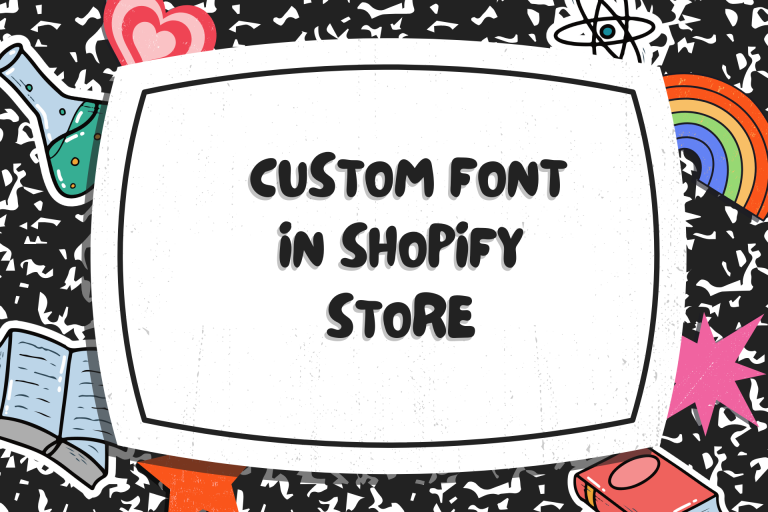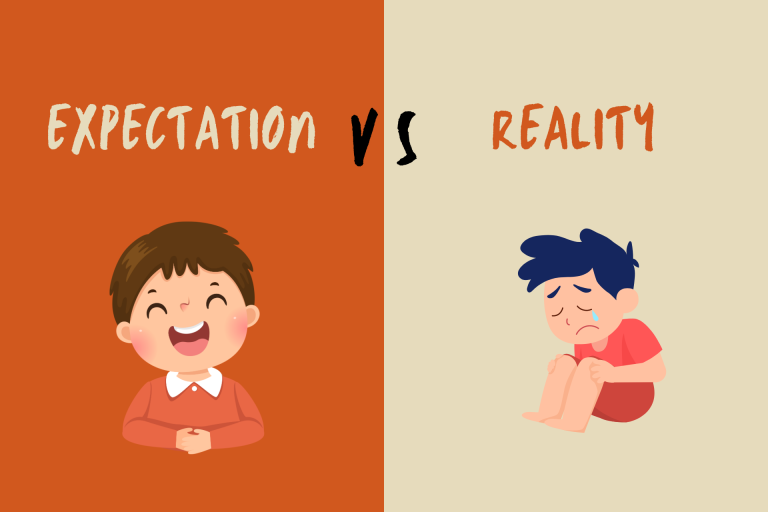Shopify: The Good, The Bad, and The Unexpected
Shopify is one of the most popular e-commerce platforms in the world, with over 1 million businesses using it to power their online stores. With its user-friendly interface, customizable templates, and powerful features, it’s no wonder that so many entrepreneurs choose Shopify to launch their online businesses.
But as with any platform, there are both pros and cons to using Shopify. In this post, we’ll take a closer look at what you can expect when using Shopify to build and run your online store.
The Good
One of the biggest advantages of using Shopify is its ease of use. Even if you have no experience building websites, you can quickly set up a professional-looking online store using one of Shopify’s many templates. And if you need help along the way, Shopify’s support team is available 24/7 to answer your questions.
Another advantage of Shopify is its robust app ecosystem. With thousands of apps available in the Shopify App Store, you can easily add new features and functionality to your store. From marketing and sales tools to inventory management and shipping solutions, there’s an app for just about everything.
With cyber threats becoming more common now a days, the security of your customers’ data is important. Shopify’s secure infrastructure and SSL certification give both you and your customers peace of mind. Shopify have secure checkout pages and these are hosted on their special servers to provide you and your customers with a worry-free and encrypted transaction process. This ensures that sensitive payment information is safeguarded, giving both you and your customers the confidence to shop without concerns about data security.
The Bad
While Shopify is a great platform for many businesses, it’s not perfect. Sometimes Shopify can be expensive. In addition to the monthly fee for using the platform, you’ll also need to pay for any apps or add-ons that you use. And if you want to use a payment gateway other than Shopify Payments, you’ll need to pay an additional transaction fee.
Another downside is that Shopify’s customization options are somewhat limited. While you can choose from a wide variety of templates and make some changes to the design of your store, you’ll need to know how to code (or hire a developer) if you want to make more extensive customizations. You can only edit checkout pages in Shopify advanced plans which cost you $399 per month. Many store owners are not happy with this limitations.
The Unexpected
One thing that many new Shopify users don’t expect is how much work it takes to run an online store. While Shopify makes it easy to set up your store and start selling products, there’s still a lot of work involved in managing inventory, fulfilling orders, and marketing your business.
Another unexpected aspect of using Shopify is how important it is to choose the right apps and add-ons for your store. With so many options available, it can be difficult to decide which ones are worth the investment. It’s important to do your research and choose apps that will help you achieve your business goals.
In conclusion, Shopify is a powerful e-commerce platform that offers many advantages for entrepreneurs looking to start an online business. But like any platform, it has its downsides and unexpected challenges. By being aware of these potential issues and planning accordingly, you can set yourself up for success with Shopify.







